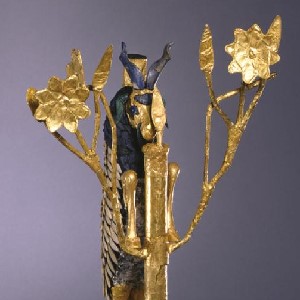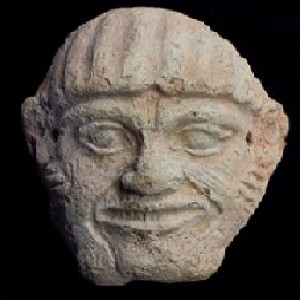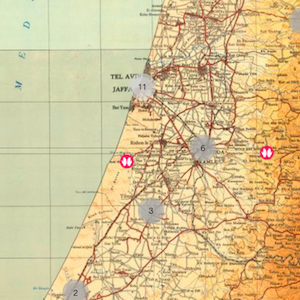Browse
Middle East

Review
BBC Ancient Egypt
Created with the help of academics, writers, and broadcasters, the BBC’s Egyptians webpage provides an excellent, easily digestible overview of Ancient Egypt through a series of essays and photo galleries.Review
Primary Source: Educating Global Citizens
Such sources are indeed a superb addition to one’s class; unquestionably the materials on the Primary Source site can help enhance any class.
Review
Ottoman History Podcast
The podcast could serve as a useful tool for scholars of the Ottoman Empire to stay up-to-date on scholarship, for professors in other areas to broaden their knowledge of the Ottoman Empire and establish relevant connections, and for students to engage in analysis of “texts” beyond the written word.
Review
Digital Collections - Penn Museum
The digital collections of the Penn Museum are extensive and easily accessible through their online portal. Its written, visual, and audio sources invite many groups to explore world history by browsing its pieces.Review
Age of Revolutions
Two features are particularly valuable for students and teachers: the thematic bibliography section and the ‘Teaching Revolutions’ section.
Review
Babylonia Collection Yale
The versatility of the collection makes it useful for any discipline that approaches the material to have a chance of finding artifacts or useful resources either for research or educational purposes.
Review
World History Encyclopedia
Overall this site is a fantastic resource in terms of the vast amounts of material collected for use. The site is primarily user-generated, with a system to ensure the entries uphold the website's management team's standards.
Review
A History of the World in 100 Objects
Overall A History of the World in 100 Objects is a great resource to teach world history through visual culture in an accessible and succinct format for both school and college-level classes.
Source
Map of the Partition of Israel and Palestine
In 1947, Britain announced that it would terminate its mandate government in Palestine. As a result, a special committee formed by the United Nations was charged with partitioning the territory into separate, sovereign states.

Review